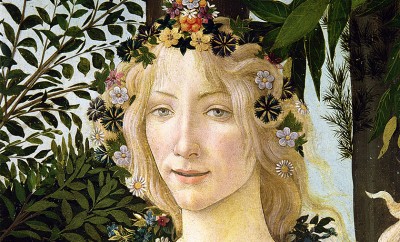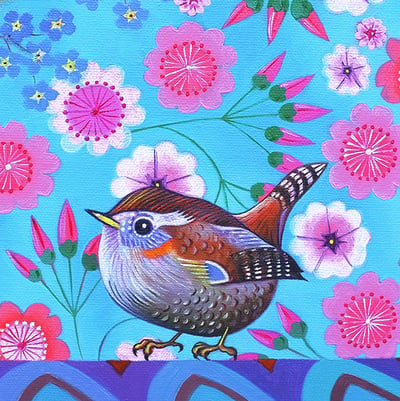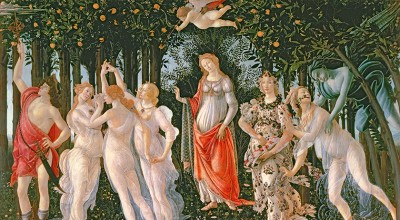
Are these the best paintings of spring in the history of art?
Spring is nature’s way of saying, ‘Let’s party!’ Robin Williams
Spring has finally sprung and the first signs of blossom are showing on trees. What better time to examine the best paintings of the season in the history of art.
Primavera, c.1478 by Sandro Botticelli
Botticelli’s famous painting celebrates the arrival of spring and is filled with mythological symbolism. It was one of the first large-scale European paintings to tell a story that was not Christian, replacing the agony of Easter with a pagan rite. Remarkably botanists have identified 200 accurately depicted plants. It’s a poetic scene that transcends reality as the figures seem to float above the grass.
The Pretty Baa-Lambs, 1851-59 by Ford Madox Brown
It is hard to believe that what now looks like a quintessential piece of Victorian sentimentality of a rural fantasy was once considered to be the most revolutionary painting of its time. “The whole history of modern art begins with that picture,” wrote the 19th-century critic R A M Stevenson. “Corot, Manet, all the Impressionists, never did anything but imitate that picture.” The painting was radical as it was the first picture by one of the Pre-Raphaelite circle to be painted in the outdoors. It captures the effects of bright, full, overhead sunlight on the English landscape very well. Check out the sheep on the far right looking very relaxed.
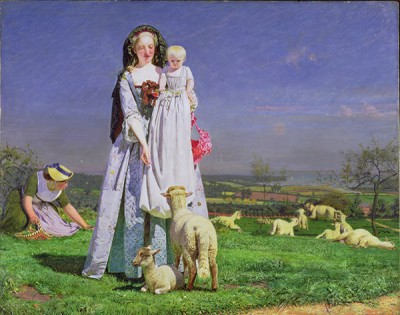
The Pretty Baa-Lambs, 1851-59 by Ford Madox Brown (1821-93) / Birmingham Museums and Art Gallery / Bridgeman Images
Springtime, 1886 by Claude Monet
This is one of two paintings of Monet’s orchard at Giverny and depicts his favourite model, Suzanne Hosched with her son, Jean. As Virginia Spade has observed, this scene is ‘a recreation of the sensation of being submerged in blossom and new leaves, in the scent and warmth of a spring day in which everything is vibrantly alive’.
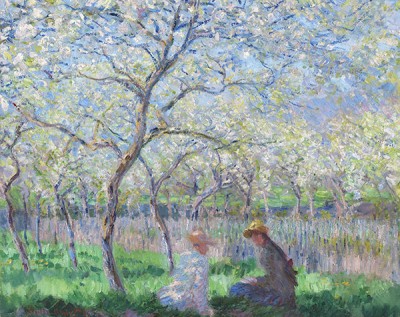
Springtime, 1886 by Claude Monet (1840-1926) / Fitzwilliam Museum, University of Cambridge, UK / Bridgeman Images
Almond Blossom, 1890 by Vincent van Gogh
Large blossom branches like this against a blue sky were one of Van Gogh’s favourite subjects which he borrowed from Japanese printmaking and are symbolic of new life.
The painting was a gift for his brother Theo and sister-in-law Jo, who had just had a baby son, Vincent Willem. In the letter announcing the new arrival, Theo wrote: “As we told you, we’ll name him after you, and I’m making the wish that he may be as determined and as courageous as you.”
Unsurprisingly, it was this work that remained closest to the hearts of the Van Gogh family.
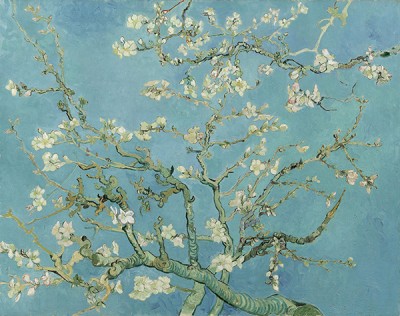
Almond Blossom, 1890 by Vincent van Gogh (1853-90) / Van Gogh Museum, Amsterdam, The Netherlands / Bridgeman Images
Springtime, 1956 by Hovhannes Zardarian
I am unable to find much information on Hovhannes Zardarian but it seems he was an Armenian artist and the landscape is probably of his homeland. The light in this painting is absolutely wonderful with an expressive use of colour.
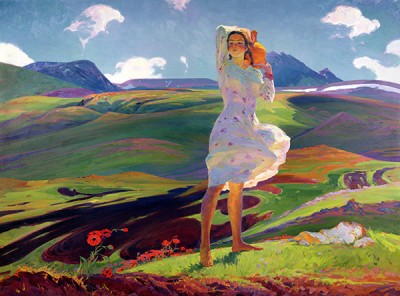
Springtime, 1956 by Hovhannes Mkrtich Zardarian (1918-1992) / Tretyakov Gallery, Moscow, Russia / Bridgeman Images
Here’s a few more of our favourite paintings of spring from the spectrum of art history. Please contact the team at Bridgeman Images regarding licensing and copyright enquiries.
Save

